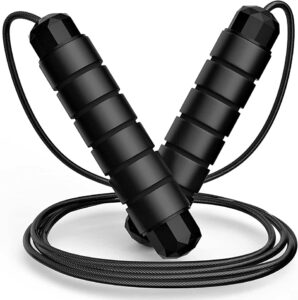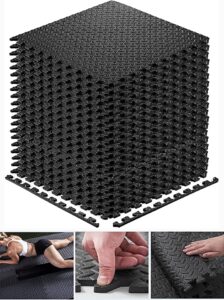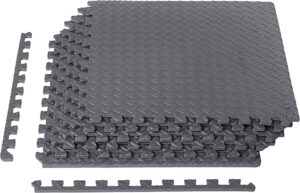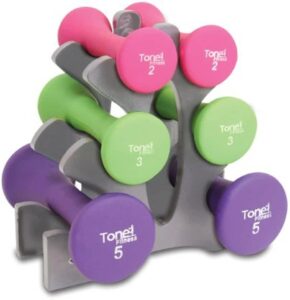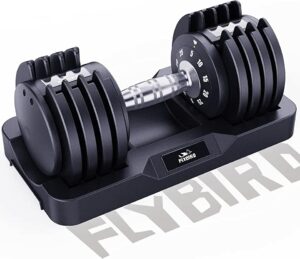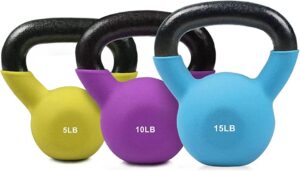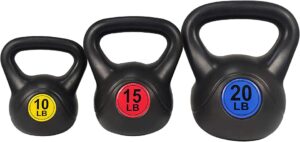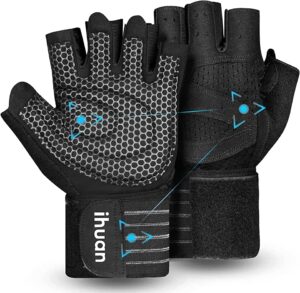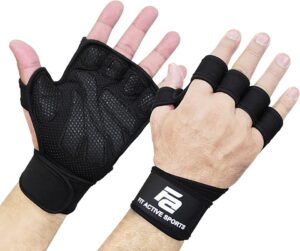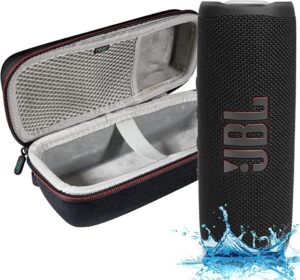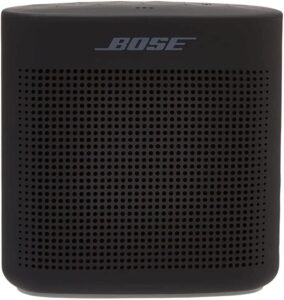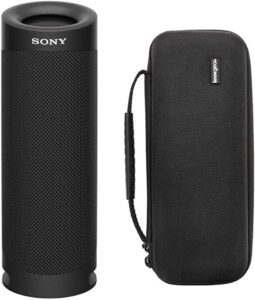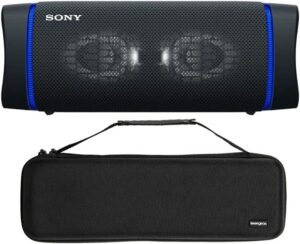Get fit at home!
Sometimes, even if you have the motivation, some free time, a gym close to your home or office and subscription for sport classes, it is difficult to organize or keep up with the time schedule.
In my case, weather is an important factor in my training. I prefer to go jogging or to a park to do calisthenics but… I live in Germany and specially in fall and winter it can be a little too cold, rainy or dark exactly when I wanted to exercise a little. Therefore, I normally go to a gym to escape from the bad weather.
Fortunately, there are also many other possibilities to get or to remain fit. You can choose among thousands of sport apps, youtube videos, e-gyms, etc. In this post I will describe some of the apps I like and the minimum equipment every hobby athlete should have at home.
As we have discussed in some other posts, check your needs, goals and fitness level before starting. If possible, check out first where you can train and consider characteristics which can influence the selection of your sport, or equipment like floor surface, illumination, ventilation, noise isolation, 2D and 3D area or space available, objects around, humidity and temperature. Typical choices are:
- garden
- living room
- bedroom
- cellar
So, let’s see some ways to get fit at home.
Sport apps
I wish I had had the possibilities to get virtual trainers, programs, guidance and public knowledge about sports as we all have today. Back then it was extremely difficult to train on your own without the right guidance and coaching. I even suffered from several injuries due to excessive or bad performed training. Please take a look at the post ” how to start with a training program ” and/or ” how to avoid injuries ” and get as much information of possible and consult your doctor as needed.
In any case, today you have lots of information sources, data bases and public knowledge. I will list here some of my favorite apps but of course, depending on your fitness level, goals and preferences you should decide which one fulfills your needs. Keep in mind that there are many other apps for running, golf, swimming, etc. The apps shown here below are great for using at home.
The first Nike app that I tried was NRC or Nike Run Club but right after they also created the the training club.
From workouts for certain muscle groups through trainer-led classes there are options for everybody. If your focus is endurance, mobility or strength, you can also select among the different options.
There are also workouts to be performed with no equipment, with basic or full equipment.
What I find the best is the explanation prior to the workout and videos. It is like being at an e-gym.
Pros: The are livestreams and a great variety of workouts to choose from
Cons: If you are not patient you may not like to follow videos.
Yes, you are right! Similar to Nike Adidas also started with a running App but, it was formerly known as Runtastic. It was my favorite app for running before I started using Garmin devices but I still consider it is great. Garmin has its own app for tracking sports which by-the-way can connect to the adidas apps as many other sport tracking watches.
If I had to compare against the Nike app, I would say that Adidas builds the workouts as little programs with different exercises which are explained individually with a video. Nike has a longer video with all the training exercises.
Pros: Connectivity and social challenges to keep up the motivation. There is an option to start all workouts with a warm-up. You can also select a plan for several weeks and you get reminders and statistics.
Cons: Some options are a little difficult to find like cancelling your current trainig plan.
This is one of the firsts apps I used since it has been there at least for the last 10 years. You can basically choose among many training options for cardio, yoga, HIIT, or look for workouts for lower body, upper body, legs and abs, etc. You can also choose the duration and intensity of your workout.
I always used the free version but the paid version offers far more and you can also create you own workouts based on a exercise-library.
Pros: A wide selection and variety, workouts and different programs. It can connect with wearable devices and other apps. The paid membership is cheaper than normal gym-fees.
Cons: The free access is limited. The membership is not to be paid one-time but monthly or yearly (5 €/ 59,99 €).
If you have a sports smartwatch from these brands you may want to use as well the apps they have. Garmin and Polar focus mainly on running and cycling but you can also used them on a treadmill or spinning-bike. I have used both for running and personally like the training programs of both companies. Setting a plan for 5K, 10K and beyond is easy and with Garmin Connect and Polar Flow you can schedule sessions, track progress and statistics. Polar has also additional exercises like mobility, strength and HIIT which also have a youtube video for you to follow along.
Pros: Free of charge if you already have a sports smartwatch of these brands. Professionally made and great progress tracking, hints, explanations.
Cons: Mainly addressed for running and cycling.
Huawei Health is the sports app of Huawei to be used with your Huawei or Honor sports tracker or smartwatch. Originally it was designed for health monitoring like sleep and heart rate and to setup and control the wearable. The GPS tracking works with different sport workouts in outdoor activities and the statistics provided were similar to those of any gps device like calories burnt, steps, distance, etc.
But now Huawei offers a lot more. You can now set different running courses for HIIT, 5K, 10K, etc. or select workouts for the whole body, chest, shoulders, back, etc. In many wearables, you can also follow the workouts and see videos and/or animations on the watch (similar to what Polar has offered for a long time but with better definition of animations).
There is even now a Health+ program with monthly fees that includes a training plan, diet tracking (like MyfitnessPal), workouts, music, snack assistent, etc.
Pros: The basic plan is free for Huawei wearable owners.
Cons: Monthly price is 7,99 € and slightly more expensive than Skimble.
The apps shown before can cover the needs of more of the hobby athletes out there but of course, there are more special apps with focus on specific sports, skills or techniques.
This one is great for those who want to start developing or improving skills in calisthenics. The basic skills like front lever, muscle up, back lever, planche, handstand and others are covered with a plan that tracks your progress. However for more advanced skills you need the pro version.
Pros: Good training plans and options to record reps and measure time in the app.
Cons: Directed mainly for persons focused in strength who want to train calisthenics.
There are as well many other apps in Android, Apple and Samsung stores. Fitbit and other brands also have offers. Many of those are free, free with advertisement or premium with paid membership.
Abs trainer, HIIT, Yoga, Pilates, Split trainer and many other are to be found in all app-markets. I recommend choosing one of the above mentioned and perhaps one of your choice from the app-market you use. If you want suggestions send a message via “contact” and I will add some in the next post.
Basic training equipment
Do you need training equipment? Yes and no. It depends on your goals, your training needs and preferences. In most of the apps above (other than thecnics) there are options to train with no equipment but you can always use some good tools to improve some conditions, add a boost to cardio training, etc. Before buying any equipment think about the need, target, sport type and physical area where you will train.
Now, take a look at the following options.
Floor Mats
The main two objectives of a floor mat are to protect you (giving some additional comfort) or to protect the floor from the movement, impacts, friction or weight of the equipment or machines.
I personally like the mat blocks but depending on the space and your likes, a yoga mat can do perfectly fine. Here you will see several versions including those that you can use below the power cage or treadmill.
Home gym
If you have enough space at home and you want to really train seriously, you may want to have a home gym solution perhaps. I will give you some suggestions in the next post.
Happy training!!!!
Mg

